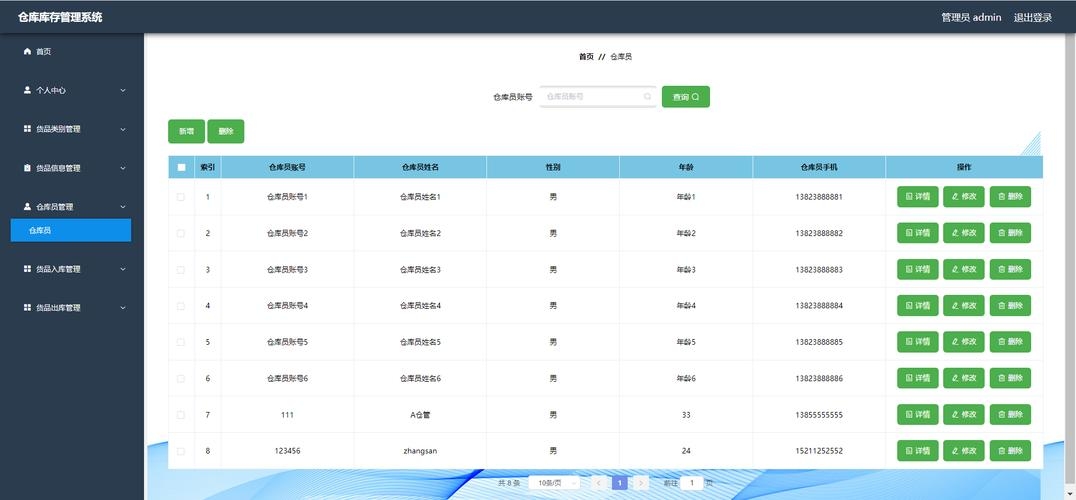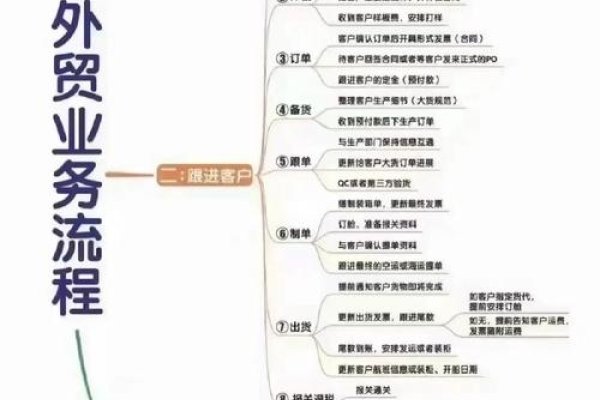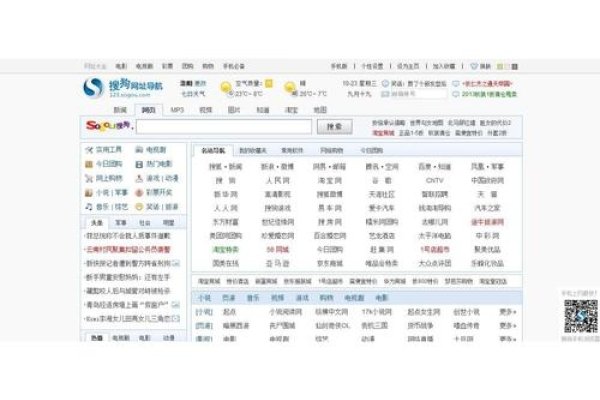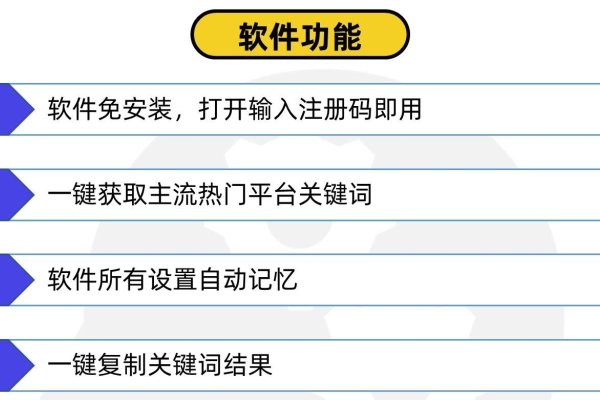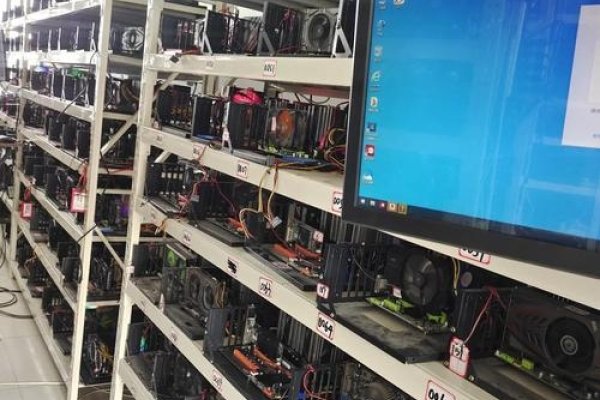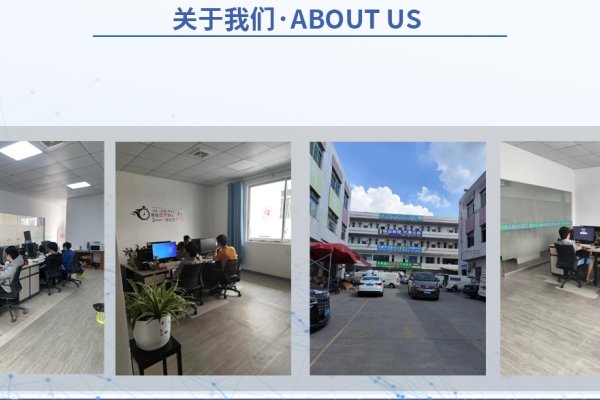本文介绍了Python中的单元测试,主要使用内置的
unittest框架,此外还简要提及了功能更强大、灵活的测试框架pytest,通过创建简单的测试用例示例详细介绍了如何使用unittest进行测试用例的构建和组织,包括如何运行这些套件以及如何通过命令行接口进行组织和管理等细节内容,同时强调了IDE如PyCharm可以自动检测并执行带有“test”前缀的函数来简化操作过程,文章旨在让读者熟悉单元测试的流程和基本原理后进一步学习更复杂的内容打下基础铺垫工作准备阶段介绍完毕之后开始进入具体的代码实现环节讲解每个组件的具体作用和使用方法。
-
客户忠诚度提高:优质服务带来复购率上升和稳定的客户群体,通过Wayfair的强大物流优势,其在家具行业中成功超过亚马逊并成为了美国市场的领导者,这种良好的用户体验进一步扩大了品牌的口碑传播力。
用户自发推荐(如“配送及时、客户服务超棒”)增强了品牌影响力。
-
Spreetail的成功案例分析及其对新兴中国品牌的机遇与挑战:Spreetail之所以能够取得成功,关键在于它强大的线上线下物流能力以及电商运营水平,该公司还擅长与各大品牌合作提供全方位的服务支持,对于中国的初创企业而言,Spreetail提供了一个进入欧美市场的新途径——利用本土销售渠道、客服支持和仓储发货等资源来快速融入当地环境,然而在追求全球化的道路上仍需克服供应链管理、品牌形象塑造及线下仓库布局等多重难题。
-
海外仓战略部署与国际物流优化 —— 以豪雅为例:为了解决国际运输时效问题,豪雅不断在全球范围内进行仓库建设以提升物流效率和质量,自2016年起该公司在eBay平台上屡获最佳海外仓销售奖项;如今已在十多个国家和地区建立了总面积达六十万平方米的海外仓库网络为家居品类产品提供了坚实的大体积和大重量货物处理保障。
新中式实木家具如何绕过雷区实现共赢?
...
-
要在新中式的实木家具市场中脱颖而出且保持可持续发展需要从多方面入手包括但不限于品牌打造生产流程设计创新与合作模式等方面实施规范化操作策略性竞争以及利益相关方协同效应以达到多方共赢的局面,这要求企业在激烈的市场竞争中寻找差异化定位并通过有效沟通建立稳固的合作伙伴关系以确保共同成长壮大。
根据不同装修风格选择合适的家具款式是满足消费者需求的关键之一现代简约风可配无扶手沙发金属框架茶几而古典风格则选皮质软包沙发生硬木雕花边桌同时考虑空间比例确保使用便捷舒适度高。
-
提供针对性和实用性的建议如下: 在选购时注意根据家中装饰风格挑选相应款型的家私; 同时要关注尺寸大小是否符合实际生活所需这样才能保证购买后既美观又实用的效果达到双赢局面,另外还需注重产品质量和服务体验方面才能赢得更多消费者的信赖和支持从而形成良好循环促进企业发展壮阔前景广阔无限美好!(注:“雷区”指潜在风险点或误区)
关于家具企业的ERP系统费用问题
...
简述了ERP系统的概念及其在企业资源规划中的重要性特别是在家具行业的具体应用上所发挥的作用例如物料工序管理等功能的整合有助于盘活数据资产从而提高企业管理效率和竞争力,同时还提到了CAM软件作为辅助工具帮助实木家具制造过程更准确高效地执行加工指令优化刀具路径等信息化管理系统的重要性最后介绍了数夫F19家具ERP管理系统这一柔性定制平台的特点和功能适用于家具工厂的生产和销售管理助力企业实现业务流程数字化升级和数据精准分析为企业决策层提供有力支撑。(注:关于价格部分未提及)
论说库房管理与维护之重要性与任务结果阐述
...
描述了库房管理工作内容主要包括维持整洁有序定期检查通风照明消防设备防止商品受潮霉变等措施外还要加强业务技能培训掌握产品知识以提高发换货速度准确性降低差错率保护公司形象财产安全和经济秩序运行顺畅等目标阐述了仓库在公司物资供应体系中扮演着不可或缺的角色主要承担保管好库存物资做到数量准确质量完好确保安全收民迅速面向生产和售后服务周到降低成本加速资金周转等方面的任务同时也详细说明了离散型制造业中原材料成品配套管理和BOM清单运用等相关知识点。(注:“任务”指的是日常工作职责,“结果”指的是工作成效带来的积极影响)
何谓离散制造?
...
解释了离散制造的定义特点涉及的产品类型和生产方式举例说明机械汽车家电电子设备和服装等行业均属于此类制造形式指出其产品结构和零部件配套关系的相对固定性以及加工过程的离散性强调了离散制造过程中原料与成品的对应关系和生产出多种物料的特性探讨了其在生产过程中的数字化和信息化管理的必要性并对离散制造进行了详细的解读。(注:突出显示的部分为要点概括)
--- # Unit Testing in Python with unittest and pytest frameworks (Part I) #UnitTestingInPythonWithunittestandpytestFrameworksPartI
This article will introduce you to unit testing in Python using the unittest framework, which is a built-in module for writing tests that are part of the standard library of Python. We'll also briefly touch on another popular test framework called pytest, which offers more flexibility and advanced features.
Part One: Introduction to Unittest Framework
The unittest framework provides an extensive set of tools for building up your own test cases, organizing them into suites, and running those suites from within your code or via command line interfaces. Let’s start by creating our first simple example:
import unittest from math import sqrt class TestMathFunctions(unittest.TestCase): def test_square_root(self): result = sqrt(4) self.assertEqual(result, 2) if __name__ == '__main__': loader = unittest.TestLoader() suite = loader.loadTestsFromModule(sys.modules[__name__]) runner = unittest.TextTestRunner().run(suite)
Here we have defined a class named TestMathFunctions. This class inherits from unittest.TestCase, making it possible to use all methods provided by this base class such as assertEqual() method used here to check whether the square root function works correctly.
The main block at the end loads these tests dynamically when run through the interpreter or terminal interface.
To make things even simpler, there're some IDEs like PyCharm that can automatically detect and execute any functions prefixed with "test" inside their respective modules, but let us stick to the basic approach above until we get familiarized with how it works internally before moving onto more complex setups later down below.
Now let's go over what each component does in detail:
unittest: A package containing classes and functions needed for performing common tasks related to writing automated tests.unittest.TestCase: Base class providing generic functionality required for most types of tests written under this framework.loader: An object responsible for loading individual tests out of various sources (like files/modules).runner: Used to actually perform execution against loaded testsuites/tests themselves—it prints results back after completion based upon success/failure status returned during runtime checks performed by actual testcases themselves.setUp()&tearDown(): These two methods provide hooks where additional setup work could be done before every single test case runs (setup), while teardown would occur regardless of outcome once entire group has finished executing its series of assertions (teardown). They help ensure consistency across multiple scenarios being tested simultaneously without affecting one another negatively due to side effects caused by previous steps failing unexpectedly etcetera…
python # Example usage of setUp() and tearDown() class AnotherExampleTestCase(unittest.TestCase): def setUp(self): print("Setting up environment") ... def tearDown(self): print("Cleaning up resources") ...Conclusion For Now On Unittesting With Unittest In Python So Far ## Next Up! We'll explore further aspects including fixtures in pytest along with other useful concepts behind both frameworks so stay tuned!
